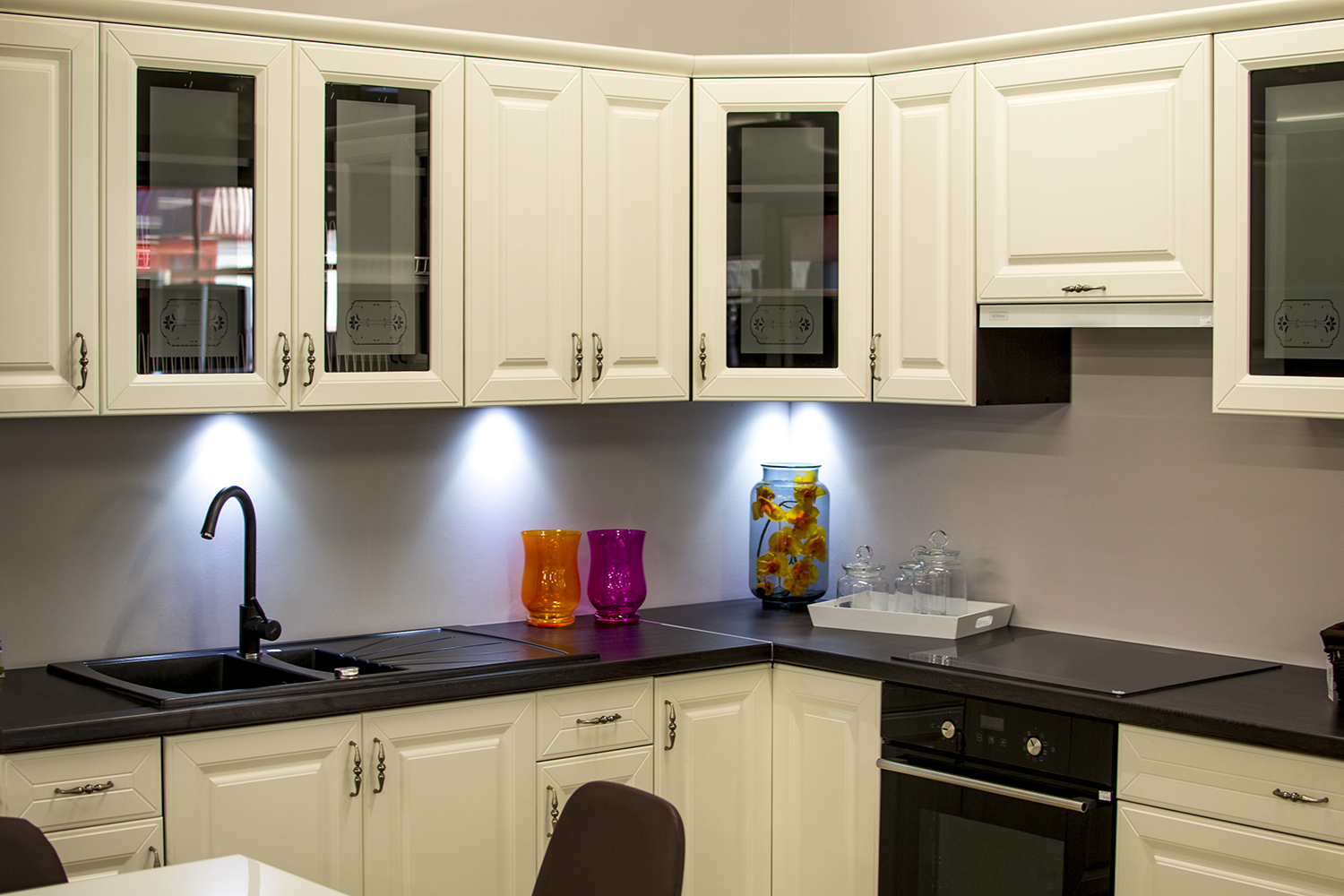With many Sydneysiders facing ever-rising electricity costs from the demands of running multiple devices while working from home post COVID-19, and potentially even more energy price hikes yet to come, it’s no surprise that we’re often asked how to cut costs on the quarterly energy bill.
The truth is there’s a fairly simple way. Since lighting takes up more than 30% of energy usage in the average Australian home, this is the logical place to start for reducing your household energy consumption (and bills).
Which brings us to another question we’re commonly asked: Are LED lights better than incandescent? Which is more energy-efficient, cheaper and environmentally-friendly? Here, we weigh up incandescent vs LED lighting on a range of factors to help you decide which is the best choice for your home.
Energy efficiency
To begin with the most important factor, LED lighting is 4 to 7 times more efficient than incandescent or halogen lights. Swapping traditional lights for LED can slash your home’s lighting energy usage by 80%.
Check out our handy LED calculator to give you an idea of just the potential LED energy savings – and financial savings – on offer for your household.
Lifespan
Another reason why LED lights make more sense financially is their far longer lifespan than traditional light bulbs, lasting up to 40,000 and 50,000 hours on average. This is a staggering 15 times longer than the average halogen downlight! As such, LED lights only rarely have to be replaced, which can save you time, hassle and of course on the all-important power bills.
Some LED lights even last a decade or two – particularly handy for those awkward, hard-to-reach spots like high ceilings and stairways. They’re also designed to be less fragile and breakable.
Heat energy
Compared to incandescent and halogen lights, LED lights have a ‘cool touch’ design, making them a safer option for your family home as they generate less heat. To put it simply, more of the energy they emit comes out as light rather than heat (unlike traditional lighting options).
But why does this matter? It’s simple: the inefficient, heat energy producing traditional light bulbs waste up to 95% of their energy as heat rather than light! Over a sustained period of time, this can raise the room temperature by as high as 6 degrees Celsius – a double whammy of energy inefficiency if it’s a hot summer night with the air conditioner running.
Environmental friendliness
With household lighting responsible for around 12% of total greenhouse gas emissions across the country, swapping your lights for a more energy-efficient model is an easy way to reduce your carbon footprint.
This is because LED lighting emits 200 kg of emissions of CO2, sulphur dioxide and nuclear waste per year – which sounds like a lot, until it’s compared to incandescent light bulbs’ release of 2,500 kg a year. What’s more, LED lights are fully recyclable and free of toxic materials, making them a far better option for the environment.
Upfront costs
The only area in which incandescent lighting has the upper hand is in the upfront costs department. LED lights are more expensive upfront – and will likely remain so for the foreseeable future. But thanks to their higher energy efficiency and longer lifespan, the higher upfront costs pay off in the long run.
As the Australian Government’s Your Energy Savings website put it, “LEDs are more expensive to buy but cheaper overall when considering lifetime energy use costs.”
Quality
One final aspect to consider is the lighting quality. While the early LED models tended to flicker, emit a poor light, or randomly change in light colour, more modern LED lights have come a long way, offering great illumination and a near perfect colour rendering suited to any room.
There are a number of factors to consider when buying an LED bulb, such as compatibility with your light fittings, the light output, bulb efficiency (in lumens per watt), colour temperature, colour rendering and the product guarantee.
If you’d like help with choosing and installing the best LED lights for your home, or more tips on how to save on your energy bills, we’d be happy to have a chat.

